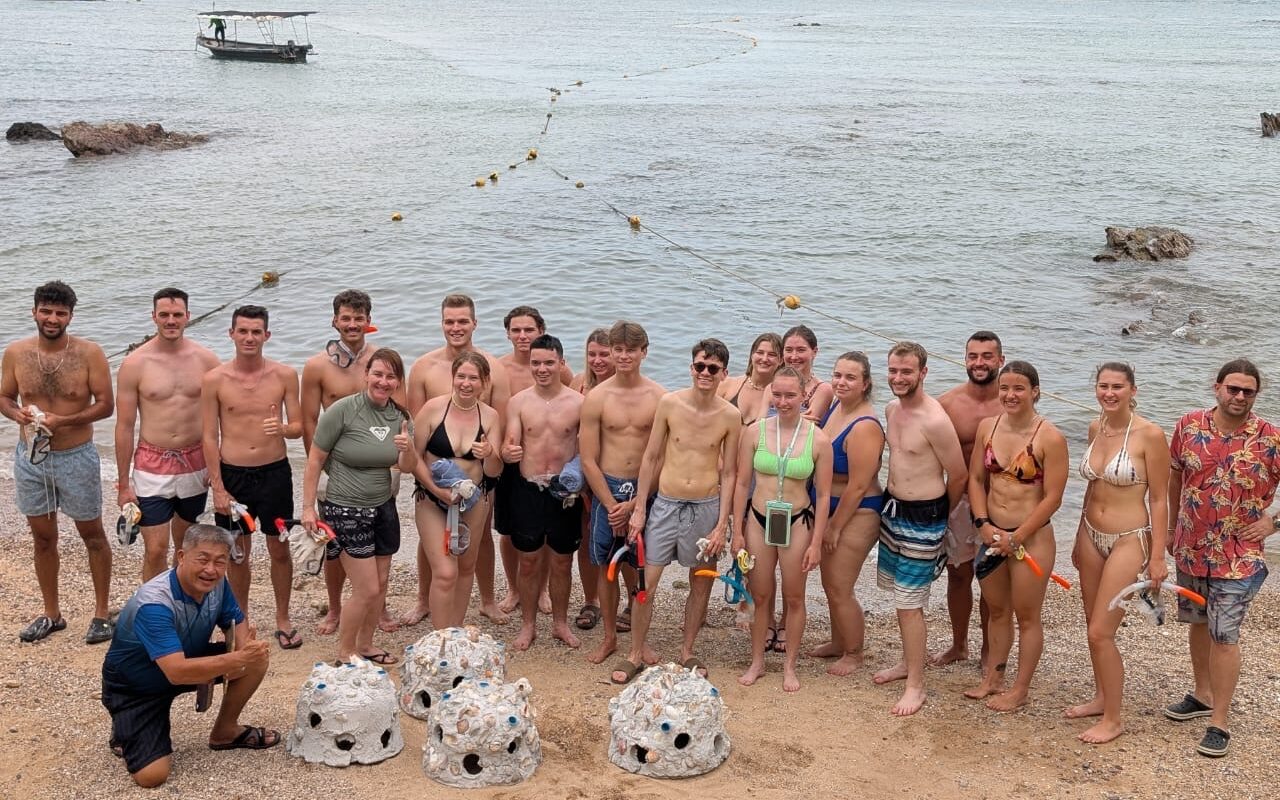Der heutige Tag begann mit einem kulinarischen Highlight. Wir trafen uns alle um 9:00 Uhr beim Restaurant „Kopihub“, um eine Vielzahl an thailändischen Frühstücksspezialitäten (Dim Sum) zu probieren. Die abwechslungsreichen und geschmackvollen Gerichte machten das Frühstück zu einem besonderen Erlebnis. Dabei erhielten wir einen eindrucksvollen Einblick in die Vielfalt und Raffinesse der thailändischen Küche. Am Mittag legten wir einen kurzen Zwischenstopp am „Jomtien Beach“ ein. Der Strand ist vor allem bei einheimischen und ausländischen Tourist:innen beliebt und erstreckt sich über sechs Kilometer.
Weiter ging die Busfahrt in den Sattahip District zur Foundation „Marine Science and Conservation Camp“, wo unsere Gruppe eine spannende und lehrreiche Präsentation über die Wiederherstellung von Korallenriffen erhielt. Viele dieser Riffe wurden durch das Fischen mit Dynamit zerstört, was mittlerweile per Gesetz verboten ist. Nach der Präsentation ging es voller Vorfreude zum Meer, wo wir gemeinsam eigene Korallensetzlinge ins Meer setzten. Der Schutz der Korallenriffe ist eine zentrale Aufgabe im Kampf gegen den Klimawandel, da gesunde Riffe nicht nur Lebensräume bieten, sondern auch Küsten schützen.
Am Abend stand in Pattaya eine thematische Auseinandersetzung mit dem Schwerpunkt Sex- und Massentourismus an. Diese Phänomene prägen das internationale Image der Stadt und werfen zahlreiche gesellschaftliche und ethnische Fragen auf. Gleichzeitig bemüht sich Pattaya zunehmend, das touristische Angebot zu diversifizieren und insbesondere den Strandbereich familienfreundlicher zu gestalten. Ziel ist es, das touristische Profil der Stadt langfristig breiter und nachhaltiger auszurichten.
Dieser Tag hat deutlich gezeigt, wie eng natürliche Lebensräume, Tourismus und gesellschaftliche Entwicklungen ineinandergreifen. Die große Herausforderung urbaner Küstenräume erfordern die Notwendigkeit einer nachhaltigen Raumplanung, die sowohl ökologische als auch gesellschaftliche Faktoren berücksichtigt. Besonders geschockt hat uns, wie präsent Prostitution im öffentlichen Raum zu sehen ist und wie Männer (v.a. Junge Männer, die wir dem Aussehen nach indisch und pakistanisch einordnen würden, sowie alte weiße Männer) die Mehrheit der Tourist:innen sind.
Today began with a culinary highlight. We all met at 9:00 a.m. at the Kopihub restaurant to try a variety of Thai breakfast specialties (dim sum). The varied and tasty dishes made breakfast a special experience. This gave us an impressive insight into a plethera of Thai cuisine and its sophistication. At lunchtime, we made a short stopover at Jomtien Beach. The beach is particularly popular within local and foreign tourists and stretches for six kilometers.
The bus journey continued to the Sattahip District to the “Marine Science and Conservation Camp” foundation, where our group received an exciting and informative presentation on the restoration of coral reefs. Many of these reefs were destroyed by fishing with dynamite, which is now prohibited by law. After the presentation, we went to the sea full of anticipation, where we planted our own coral seedlings in the sea together. The protection of coral reefs is a key task in the fight against climate change, as healthy reefs not only provide habitats but also protect coasts.
In the evening, we were concerned to focus on sex and mass tourism in Pattaya. These phenomena characterize the city’s international image and raise numerous social and ethnic issues. At the same time, Pattaya is making increasing efforts to diversify its tourism offering and to make the beach area in particular more family-friendly. The aim is to make the city’s tourism profile broader and more sustainable in the long term.
This day clearly showed how closely natural habitats, tourism and social developments are intertwined. The major challenge of urban coastal areas calls for sustainable spatial planning that takes both ecological and social factors into account. We were particularly shocked to see how present prostitution is in public spaces and how men (especially young men, who we would classify as Indian and Pakistani in appearance, as well as old white men) make up the majority of tourists.
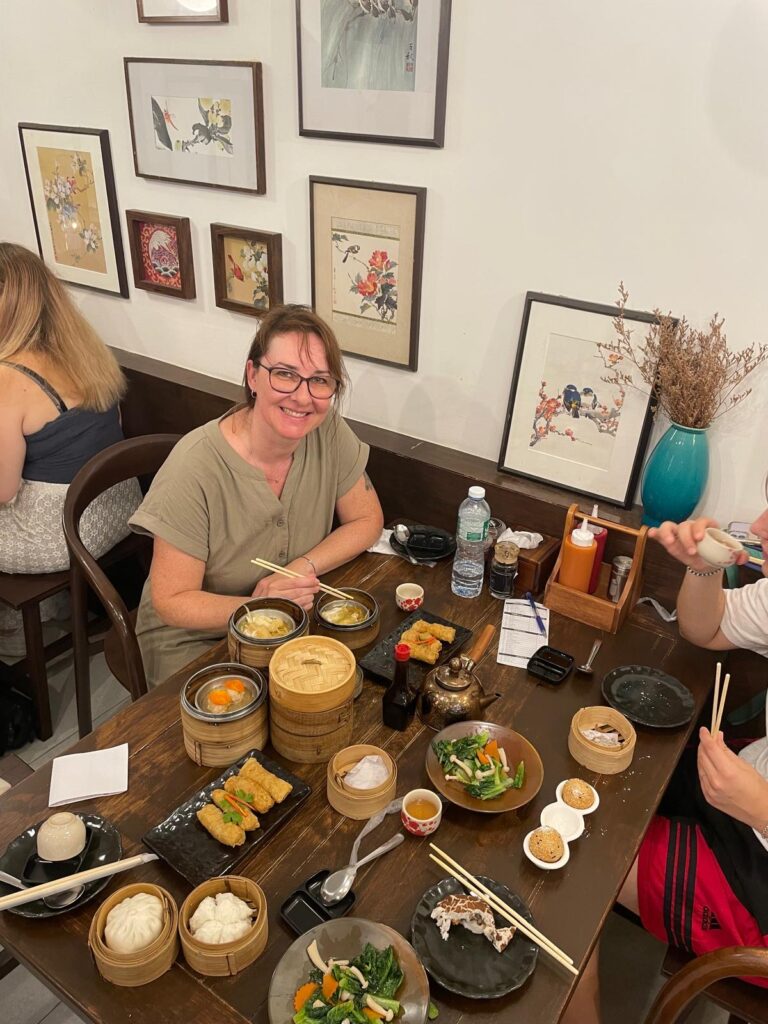
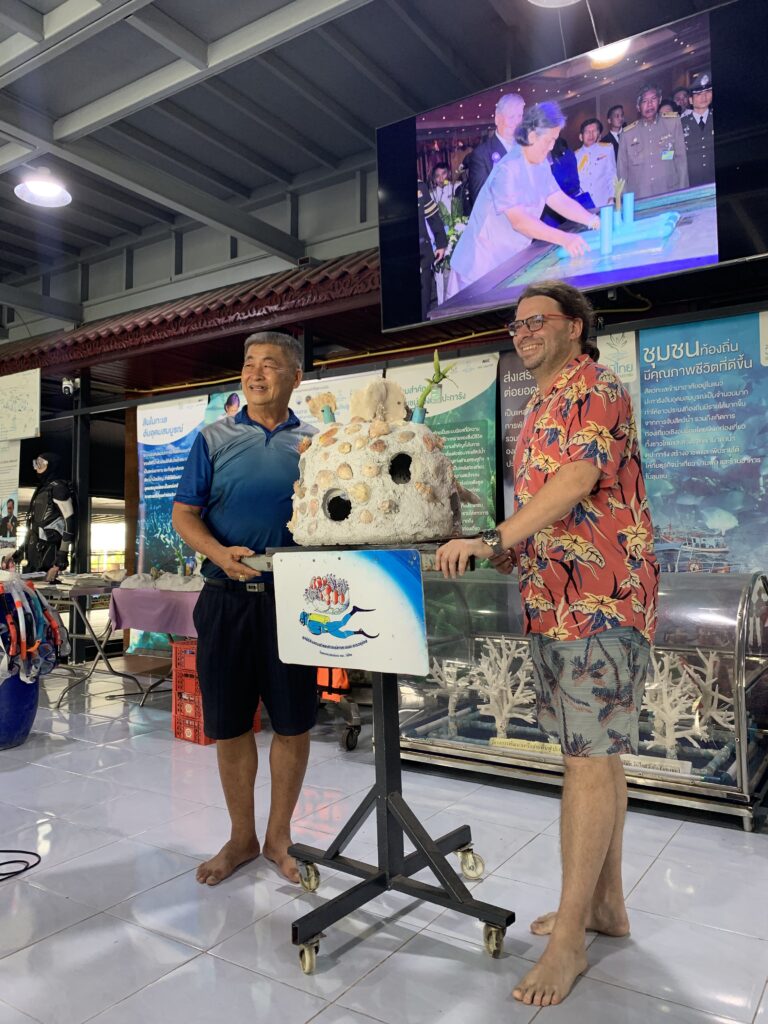
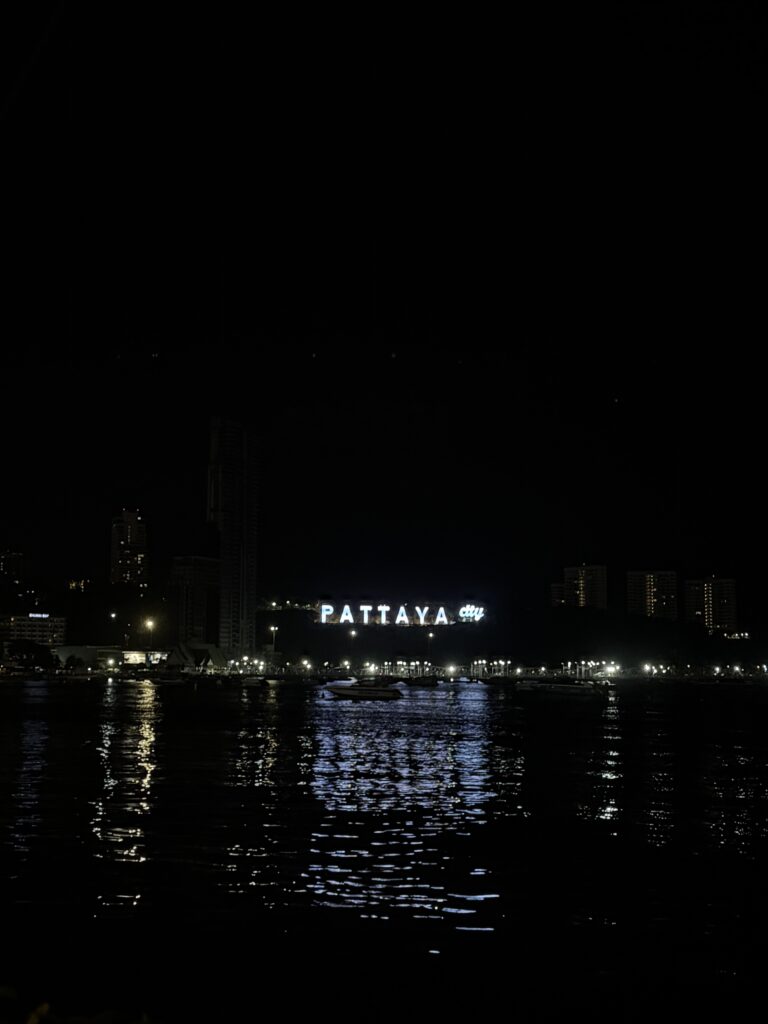
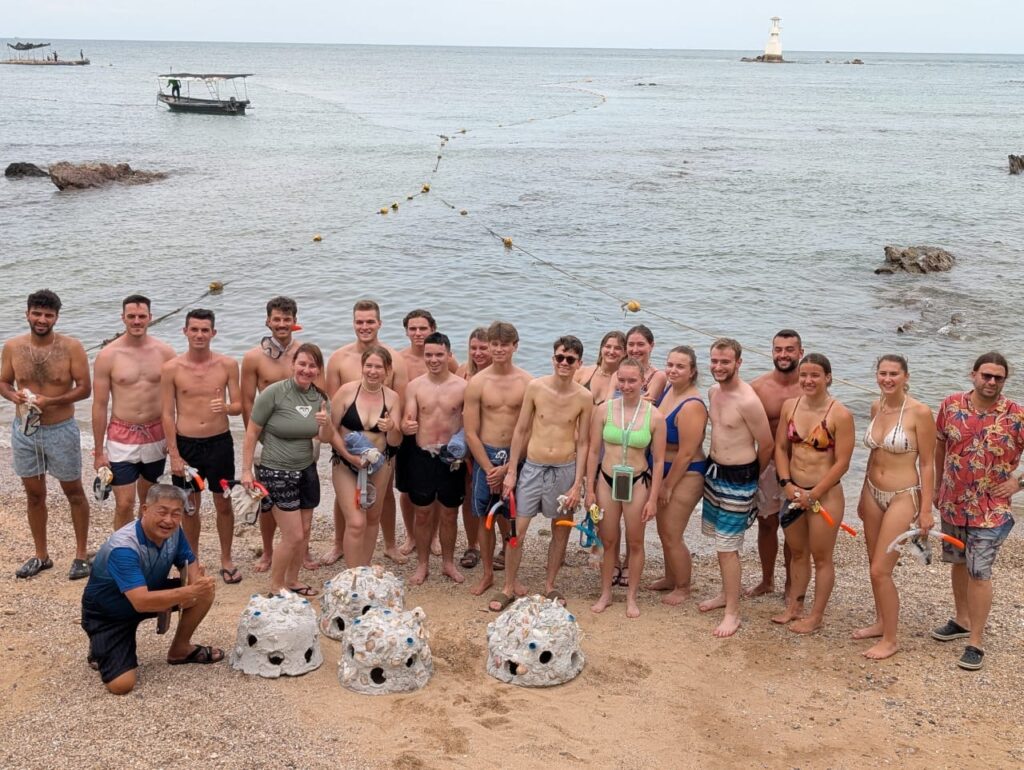
Fotos: eigene Aufnahmen
Zwischenstand beim Watten von Martin/Pia gegen Nina/Christian: 7:7

 von
von 